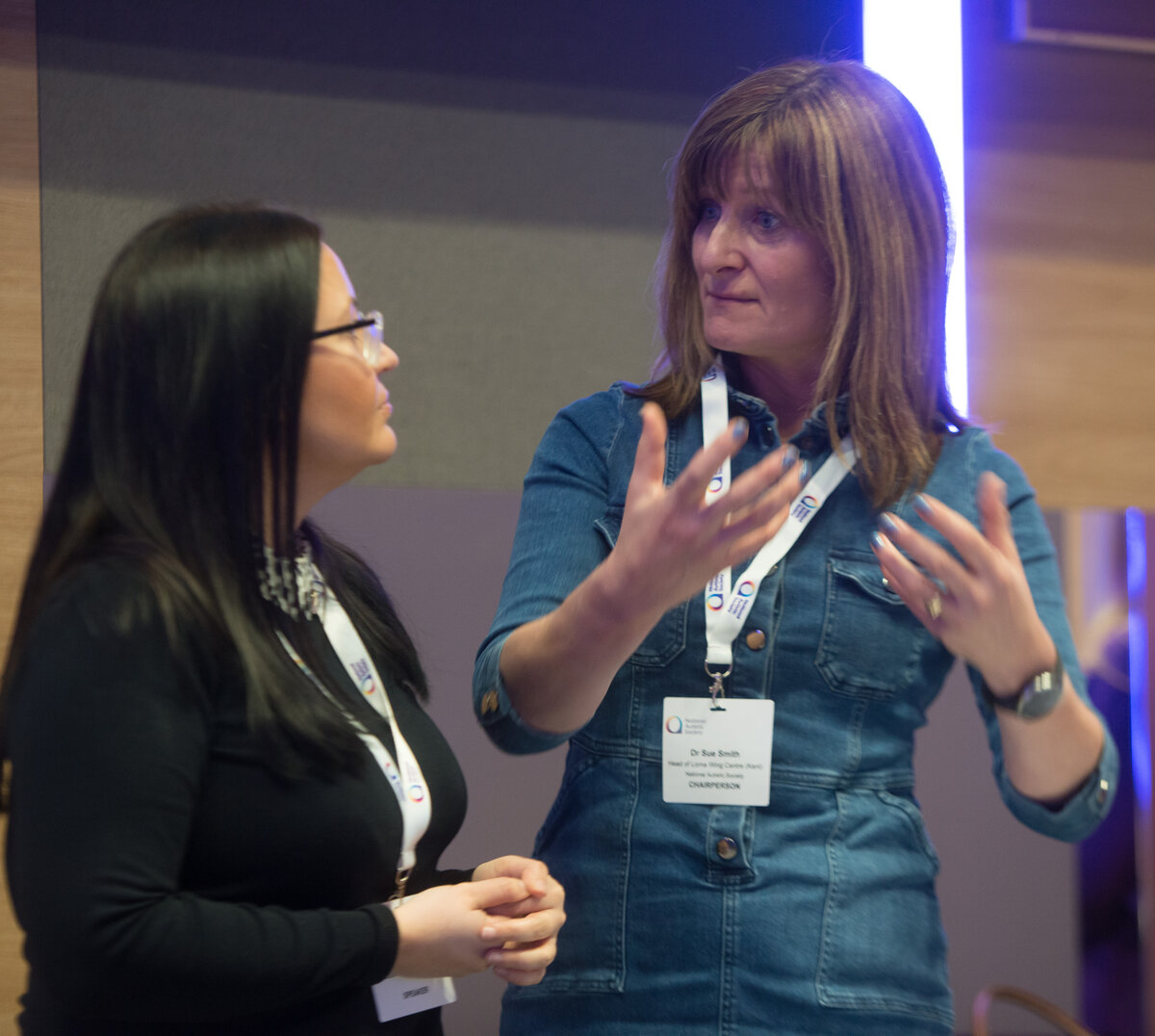Social communication skills in the classroom
Published on 15 March 2018
Author: Victoria Honeybourne
Victoria Honeybourne, a Senior Advisory Teacher for Speech, Language and Communication Needs, explores the social communication difficulties of autistic students in the mainstream classroom and offers some strategies to support them.
Social communication skills
Social communication is complex and we are all continually learning these skills through childhood, adolescence and beyond. This type of communication covers many different areas.
Body language
Body language includes the facial expressions, gestures, movements a person makes, as well as their posture, eye contact. It also includes touch, proximity and personal space.
Voice
The voice can communicate various meanings according to its tone, intonation and volume as well as stress and emphasis.
Conversational skills
This is about understanding how to initiate and end conversation, taking turns, asking and answering questions. I is also about maintaining the topic of and changing it appropriately, giving sufficient information, and being relevant.
Social conventions
Social conventions include politeness, manners and following the unwritten rules. They are about adapting language and communication to the audience and context, including cultural awareness and appropriateness.
Interpersonal skills
Interpersonal skills cover making friends and maintaining friendships, negotiation, sorting difficulties and assertiveness.
Emotional intelligence
Emotional intelligence is the ability to recognise and identify emotions in oneself and in others, being able to manage them and express them appropriately and requires self-awareness.
Differences for autistic students
Autistic students may have some differences in social communication. These are likely to be different for each individual but might include:
- finding eye contact uncomfortable
- differences in facial expression, gestures, hand flapping, needing more / less personal space
- finding too much sensory input overwhelming which increases anxiety and therefore decreases the ability to communicate
- difficulties in eliminating background noise
- differences in using and interpreting tone of voice and intonation
- having a literal understanding and use of language
- being honest or direct which can appear rude or abrupt
- finding the dynamics of group conversation difficult
- alexithymia (difficulties in identifying own feelings)
- differences with theory of mind and understanding what other people know / need to know
- not having the innate desire to connect on a social level with others
- lacking in confidence and self-esteem which can affect communication and assertiveness.
How to help in the mainstream classroom
The following strategies are particularly useful for autistic students but will also help many other children with various speech, language or communication needs.
Model what you want to see from the student: don’t use a loud voice when you are in a quiet area; use a calm and neutral tone of voice. A loud voice may come across as shouting or angry. Be explicit: explain why the rules and expectations are in place, including the unwritten rules. Some students may just need it outlined explicitly. Have clear and consistent rules and routines in place; if a rule doesn’t make sense consider getting rid of it!
Try not to mislabel feelings: accept all feelings as equally acceptable and valid. Saying something like ‘Oh you must be so disappointed’ might not actually reflect what the child is feeling inside if they interpret situations differently. This might lead them to begin to distrust their intuition or begin to believe that it is not okay to feel how they do. Some students might find it easier to express their feelings through Lego therapy, art therapy or music therapy.
Don’t expect eye contact if this is uncomfortable for the student; instead, suggest the students turn their bodies to face you so that you know they are listening even if they cannot make eye contact.
Provide quiet spaces and keep them quiet. Some students will need time and space to recover from the social interaction of the rest of the school day. Make these spaces accessible to all to remove any stigma attached with using them. Eliminate as many sensory distractions in the environment as possible.
Support group work: allocate the groups and put pupils with supportive peers. Make sure all group members are certain what the task is and what the expectations are. Try to allocate specific roles (e.g. note-taker, timekeeper) to make it easier for pupils to join in. If you are teaching skills in a social communication group, remember that the key point is to help students transfer this knowledge back into the classroom and real-life situations, otherwise they will not see the relevance.
Provide structured activities for break or lunch time. This can be easier than unstructured socialising. Use everyday opportunities: modern foreign language lessons are a great opportunity to discuss communication and conversational skills. Drama is an opportunity to explore body language and facial expression. English is an opportunity to discuss characters’ motives and feelings.
Remember that the aim of teaching social skills is not to make somebody less autistic but to give them social knowledge which will enable them to interact with a greater range of people and in a greater range of situations with more confidence.













